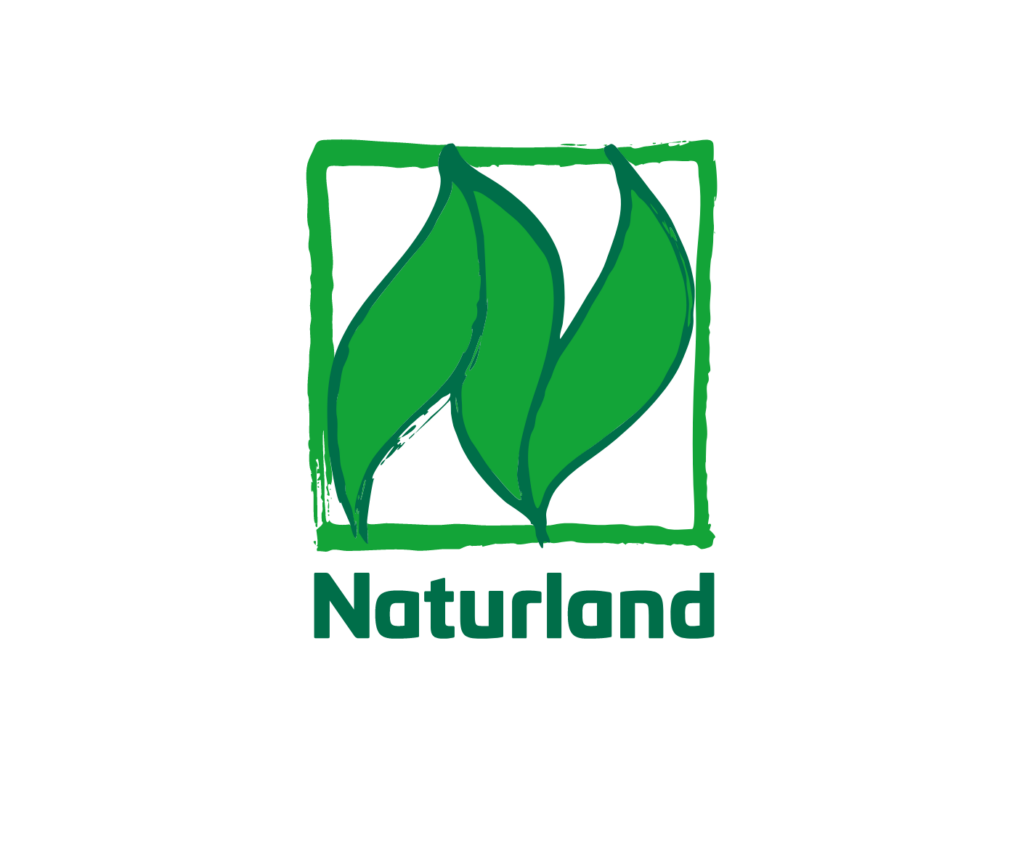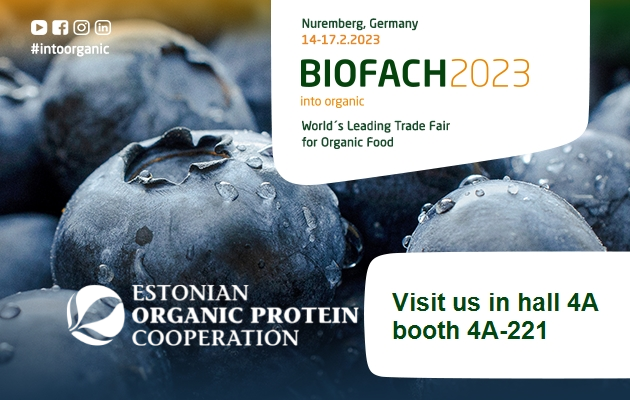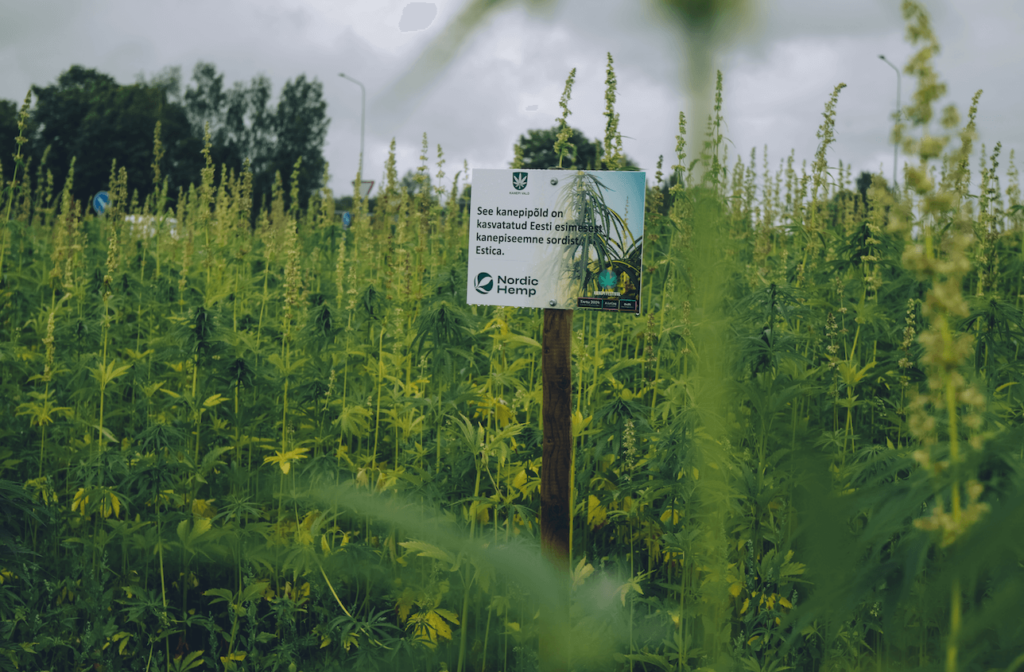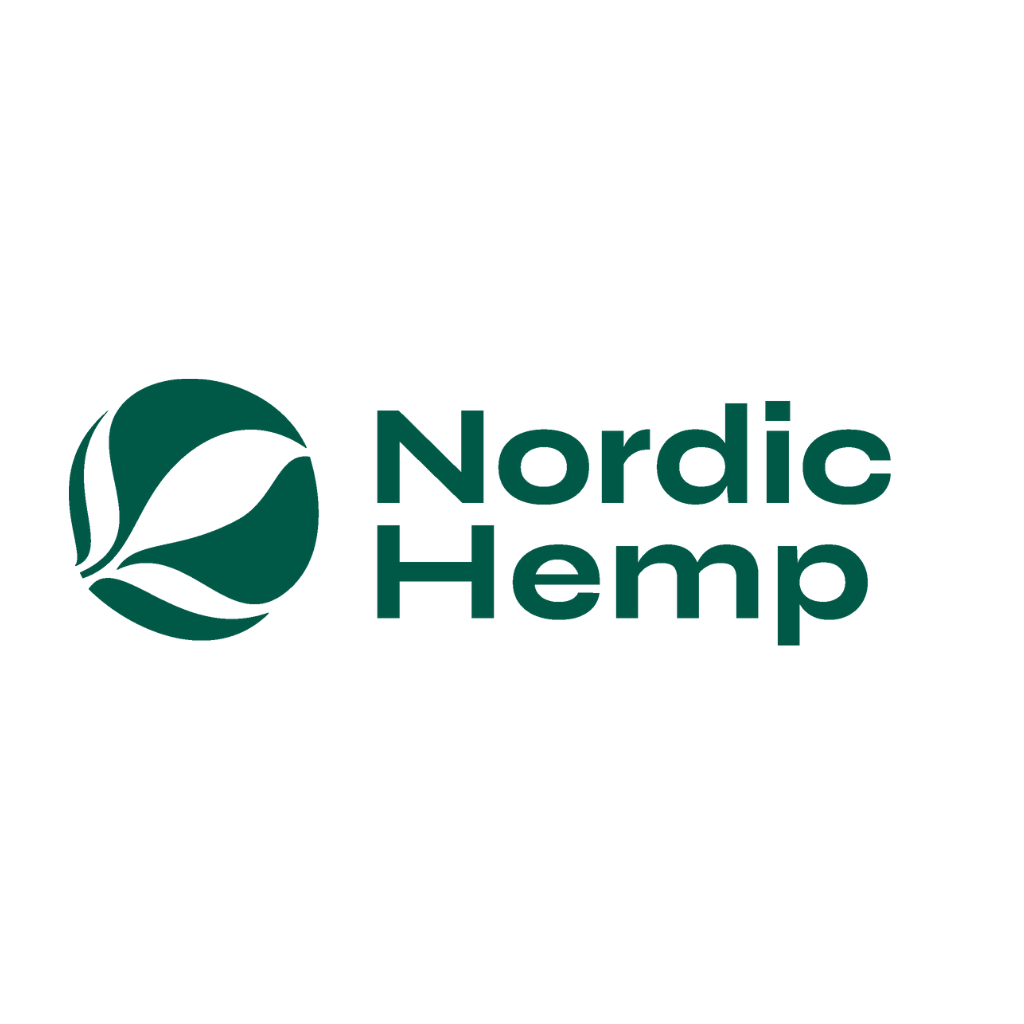Opportunities for Growing Hemp
allikas: https://www.pikk.ee/kanepi-kasvatamise-voimalused/ , autor: Joonas Põllumäe, Nordic Hemp TÜH

In 2022, Estonia was the second-largest hemp grower in Europe, following France, with a total of 7,120 hectares cultivated according to PRIA data. This significant milestone highlights the growing potential of hemp in agriculture. Hemp offers diverse raw materials, including fiber, seeds, and protein. Due to its deep roots, hemp can access water from deeper soil layers, making it more resilient in drier climates.
Why grow hemp?
Growing hemp is an excellent way to diversify crop rotation. Hemp does not exclude the possibility of any other crop following it in the rotation, nor does it require any specific crop to precede it.
It is known that there are no specific pests or plant diseases related to cereals, legumes, or crucifers that could harm hemp. Hemp roots are long and reach deep soil layers, providing access to nutrients and moisture during dry weather. Some sources suggest that phosphorus and potassium absorbed from deeper layers become available for subsequent crops after hemp roots decompose in the soil. It is also claimed that hemp cultivation increases soil organic carbon due to its extensive root system. This hypothesis is being tested in Germany, where one variety is the Estonian variety Estica.
Growing hemp is one way to extend the agricultural season since the harvest time is relatively late. Generally, other crops are harvested and dried by the time hemp harvesting begins. As a result, it is possible to spread out the work of combines and dryers over a longer period, avoiding the need for additional resources while dealing with other crops.
Common hemp is used to produce biomass, construction materials (blocks, insulation, boards, geotextiles, etc.), oil, paints, animal feed, fuel, insulation materials, soap, clothing, paper, and more. Hemp oil is used in lip balms, soaps, and cleaning agents. Common hemp seeds can be added to bread flour, salads, porridge, stews, and other foods or chocolate. Common hemp seeds are often included in feed mixes for caged birds and rodents. – Maablogi 2014
Hemp for Fiber or Seeds?
When cultivating hemp, it’s essential to determine the desired yield. For fiber, varieties specifically bred for this purpose should be chosen. However, since there is currently no processing plant for fiber in Estonia, seed hemp cultivation is more common. Cultivating fiber hemp is possible in Estonia’s climate, and popular European varieties have been successfully grown.
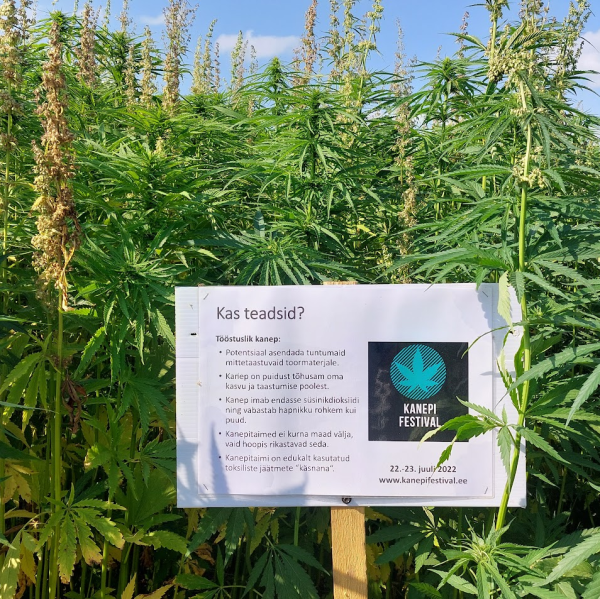
In Estonia, only EU-approved hemp varieties listed on the EU’s common catalog can be sown. At the time of writing, there are 115 registered varieties. Registered varietys are available from -> https://ec.europa.eu/food/plant-variety-portal/
Before purchasing seeds, it’s crucial to understand that the THC content in hemp plants and the final yield, including seeds, must be considered. In EU agriculture, the maximum allowed THC content in hemp plants is 0.3%. This is monitored by the state, and growers must notify PRIA of the beginning of hemp flowering, after which PRIA officials collect samples, and the analysis is done at the Estonian Forensic Science Institute. It’s highly likely that the THC content in all varieties registered in the EU catalog is below 0.3%.
Another area where THC content must be monitored is in the sale of hemp products, including whole seeds, for food. Since food is the primary purpose, this is crucial. The rule is that the THC content must not exceed 3.0 mg/kg, or 0.0003%. Not all varieties can produce seeds with such low THC content. Among the hemp varieties grown in Estonia, the only one with a guaranteed THC content below 3 mg/kg in seeds is Estica. This is currently the only Estonian variety, owned by Nordic Hemp TÜ. Growing other EU-registered varieties in Estonia is entirely legal, but selling their seeds for food is often illegal due to excessively high THC levels.
Field Selection
Hemp thrives in slightly acidic to neutral, humus-rich soils with light to medium texture, similar to most other crops. An interesting observation is that hemp grows exceptionally well on black fen peat soil, provided the water regime allows for cultivation. This indicates that hemp benefits from a growth substrate with high organic carbon content.
Hemp is sown in spring and harvested in the same year’s fall, as no winter hemp varieties have been developed. When selecting a field, it should allow for spring planting by mid-May and support harvesting until mid-to-late October.
Like many crops, hemp does not favor compacted soils. While hemp roots can grow very long in ideal conditions, they cannot penetrate compacted soil on their own.
Establishing the Field

The soil should be loosened throughout the entire plow layer to create a low-density growth environment, achievable through plowing or using a stubble cultivator. If the plow layer isn’t compacted and has been deeply tilled within the last year, surface tilling may suffice unless plowing is necessary for weed control, especially in organic farming.
Hemp planted after grassland or permanent pasture has shown good results with spring plowing. With fall plowing, weeds may start growing in spring, and pre-sowing cultivation may not be effective enough. As hemp grows quickly under favorable conditions, early growth without weed competition is crucial. Weeds struggle to compete later as hemp covers the soil, blocking light.
Sowing typically occurs from late April to late May, depending on the year. It’s advisable to avoid sowing before heavy rains, as soil crusting before emergence can be detrimental. While literature suggests that freshly sprouted hemp is sensitive to spring frost, this is generally not the case in practice.
Sowing and Fertilization
Hemp can be sown with virtually any grain seeder, which is also the most practical solution. It’s important that the seeder can sow approximately 30 kg/ha. If there’s an option to fertilize during sowing, it can be applied as well. The sowing depth should be between 1-1.5 cm.
The impact of fertilization on yield was studied by METK senior researcher Valli Loide at the Kuusiku testing center in 2022. The results obtained are as follows:

The seeding rate should be 120-130 viable seeds per square meter, which typically corresponds to around 30 kg/ha, depending on the thousand-seed weight and germination rate of the seed.
- Rolling the field after sowing on mineral soils can have a negative effect. This doesn’t mean that the seeder shouldn’t have a roller or wheel to press the seed into contact with the soil, but going back to roll separately after sowing is likely detrimental.
- There is no need to plan tramlines during sowing since hemp doesn’t require spraying, and fertilization should be done before or simultaneously with sowing.
Organic Hemp or Conventional Hemp?
Both cultivation methods are possible. So far, the price of organic hemp seed has been significantly higher than that of conventionally grown hemp seed. Depending on the year, conventionally grown hemp seed prices range around 1000-1200 €/t, while organic hemp seed prices are 1700-1900 €/t. As with other annual crops, yields are generally higher in conventional farming due to more effective weed control and a wider range of allowed fertilizers.
Hemp yields can vary greatly across fields, producers, and years. In production conditions, average yields are 0.7-1.2 t/ha for conventional farming and 0.4-1.1 t/ha for organic farming.


